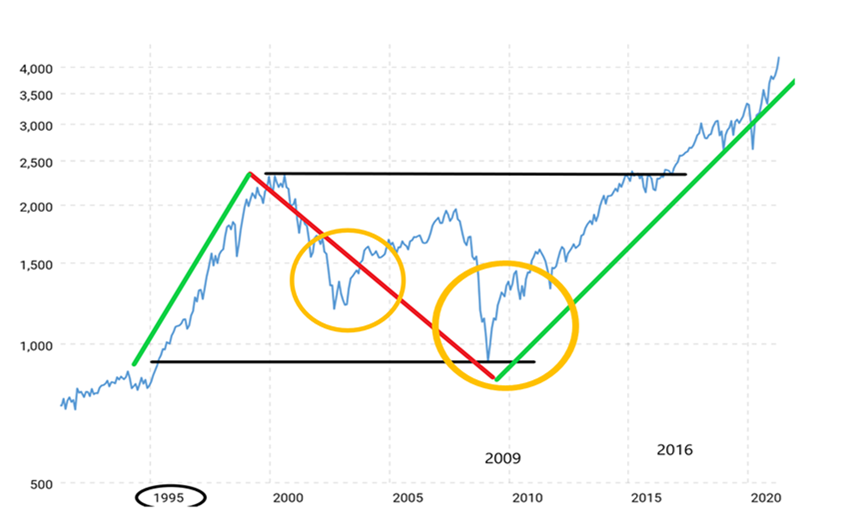What You Need to Know
- Some clients have the self-discipline to lock cash away in ordinary investments.
- The portfolio could crash at the worst time.
- The need for care could come earlier than expected.
Should my client Bob self-fund the long-term care risk or select a hybrid long-term care policy? He’s 67 and does have some health issues.
Since he’s an engineer and an accountant, and he’s pursuing his doctorate in AI, I definitely expected insightful questions from him.
Sure enough, Bob sent this thought-provoking email: “Using the $6,500 benefit for four years and assuming the guaranteed rate, my maximum benefit is $563,053. If I invest the one-time premium at 5.59% for 20 years in a high-grade bond, I can get the same amount.”
My Initial Thoughts
As long-term care advisors, we know that in a perfect world — with an accurate crystal ball to predict the future — it would be great if a client could predict when they will need care.
Unfortunately, we cannot depend on that happening.
The way I see it, the “self-funding” strategy is susceptible to three big risks:
- A lower-than-expected rate of return.
- Higher-than-expected tax rates at claim time.
- The inability to attain the 20 years of needed growth to build the ‘LTC self-fund’ account.
Any one of the three outcomes — or even a combination — and the self-funding strategy may be inadequate.
That could leave our clients with the financial dilemma of how to pay the high care costs, which can range from approximately $60,000 a year for home care to over $108,000 for nursing home care.
My Next Step
To address Bob’s inquiry and take a closer look at the self-funding risk, I consulted Zack Derryberry, Hybrid LTC Director at ACSIA Partners.
We looked at market performance starting in 1995 and how it would have worked for a client if the client had started self-funding 29 years ago.
Zack provided this chart to explain a key risk of using investments to fund LTC expenses — lack of control over timing.
We used Joan as our example.
- In 1995, at age 65, she decides to use investments to self-fund her future LTC costs.
- From 1995 to 2000, her strategy appears to be prudent. The S&P 500 (the blue line on the left side of the chart) soars, increasing her portfolio (the green line on the left).
- However, the decade of 2000 to 2010, with natural market functioning, brings volatility.
- Unfortunately, Joan experiences two LTC events (orange circles).
The first LTC event is at age 73, and the second LTC event is at age 79.
Takeaway: Joan looked great for five years.
However, because her planning is sensitive to the market, she now has far less savings than anticipated to cover costs.
And, in 2009, when she needed care at age 79, she had only about the same amount of money she had in 1995, due to market downturns (the red line.)
Clients like Bob who hope to fund their LTC costs with a portfolio of fixed-rate bonds may also face the types of investment risk associated with bonds, such as default risk, call risk and asset-liability matching problems.
The Risks of Timing
Zack explains, “Since you can’t predict when you’ll suffer a change in health which results in suffering long-term care expenses, a period of market decline could leave you susceptible to insufficient funding for LTC expense.”
This kind of financial shortfall defeats the purpose of self-funding.
The fluctuating value of your client’s accounts — a common market occurrence — and a lack of control over the timing of a long-term care event — could leave your client ill-prepared and even in financial difficulty.


